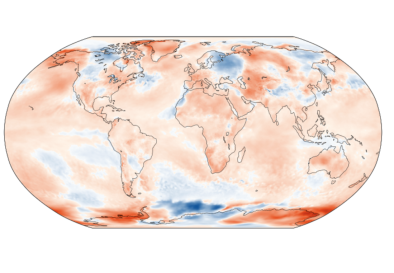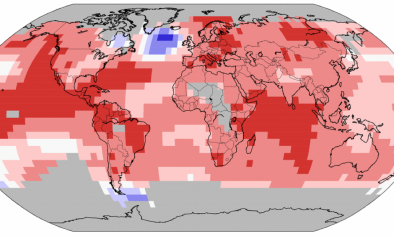
Global Warming
From 1880 to 2012, the Earth warmed by 1.5°F (0.85°C), dramatically reversing a long-term millennial cooling trend.[1] The physics behind the Earth’s temperature imbalance is well established. Scientists first determined that greenhouse gases in the atmosphere trap heat near the Earth's surface in the 19th century. Since the late 1970s, scientists have known that global warming is underway due to the increase in greenhouse gases from human activities.
Read More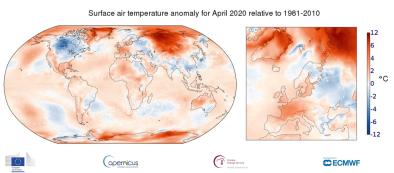
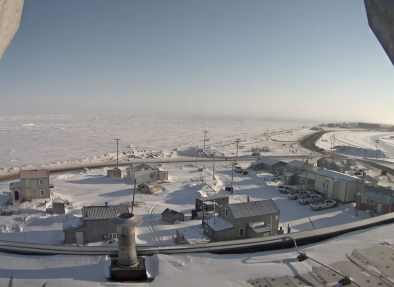
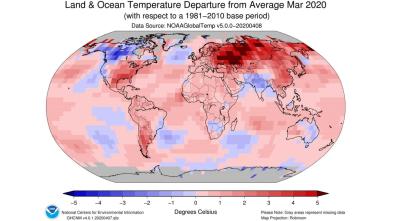
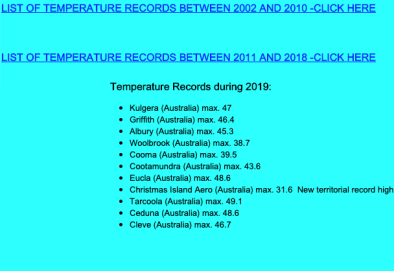
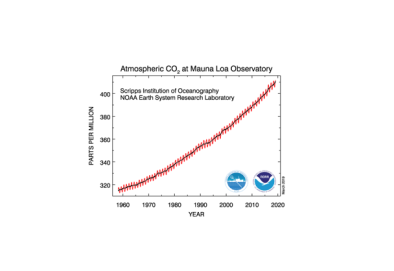
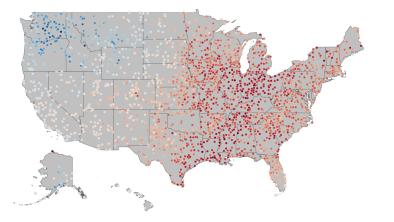
Climate science at a glance
- Global warming is underway. Scientists know the Earth is warming from temperature gauges, melting ice sheets, rising sea levels, changing seasons, and dozens of other indicators.
- Human activities, primarily burning fossil fuels and deforestation, load the atmosphere with CO2 and other greenhouse gases.
- Greenhouse gases absorb and trap heat close to the Earth’s surface. They essentially act like a blanket around the planet. Multiple lines of evidence show that atmospheric levels of CO2 (the main greenhouse gas) are the highest in millions of years and are driving global warming.
- Once trapped in the atmosphere, CO2 pollution is essentially permanent on human timescales. As a result, the warming is also permanent unless the CO2 pollution is pulled back out of the atmosphere. Temperatures will otherwise continue to increase until there is zero CO2 pollution.
- Global warming has already caused higher air and ocean temperatures, rising sea levels, changing seasons and an increase in the frequency and intensity of some extreme weather events like heat waves and heavy rainstorms.
US warming trends
Annual average temperature over the contiguous United States has increased by 1.8°F (1.0°C) for the period 1901–2016.[1]
The 2000 to 2010 decade was the nation’s and the world’s hottest on record,[2] and 2012 and 2015 were the first and second hottest years on record in the continental United States.
Studies attribute warming in the US to human actions
- (Lehner et al. 2018) find that warming in the southwestern US is largely due to greenhouse gas forcing.[3]
- (Diffenbaugh et al. 2017) formally identify the influence of anthropogenic warming in the observed trend of increasing heat extremes over the western US.[4]
- (Abatzoglou et al. 2014): Human activities, including greenhouse gas emissions, were a significant predictor of, and the leading contributor to, long-term warming in the northwest United States during the period 1901-2012; natural factors alone fail to explain the observed warming.[5]
- (Karl et al. 2008) conclude that anthropogenic greenhouse gas emissions have increased average temperature in North America.[6]
- (Karoly et al. 2003) find that temperature changes from 1950 to 1999 in North America were unlikely to be due to natural climate variation alone.[7]
Global warming trends
Seventeen of the warmest years on record for the globe occurred in the last 18 years (1998 was the exception).[1]
Each of the last three decades has been successively warmer at the Earth’s surface than any preceding decade since 1850. The period from 1983 to 2012 was likely the warmest 30-year period of the last 1400 years in the Northern Hemisphere.[8]
The globally averaged combined land and ocean surface temperature data...show a warming of 1.5°F (0.85°C) over the period 1880 to 2012.[8]
Warming of the climate system is unequivocal, and since the 1950s, many of the observed changes are unprecedented over decades to millennia. The atmosphere and ocean have warmed, the amounts of snow and ice have diminished, sea level has risen, and the concentrations of greenhouse gases have increased.[8]
Studies attribute global warming to human actions
- (US NCA 4): The likely range of the human contribution to the global mean temperature increase over the period 1951–2010 is 1.1° to 1.4°F. This translates to a likely human contribution of 92 to 123 percent of the observed 1951–2010 change.[1]
- (Wehner et al. 2018) analyze early 21st century changes in extremely hot days and find human-caused climate change has increased the frequency and intensity of hot three day periods in most regions. Temperatures that were rare prior to the 1980's now occur with regularity.[9]
- (Jones et al. 2013) find that human‒induced greenhouse gases dominate observed global warming since the mid‒20th century. They estimate a range of possible contributions to the observed warming of approximately 1.08°F (0.6K) from greenhouse gases of between 1.08°F (0.6K) and 2.16°F (1.2K), balanced by a counteracting cooling from other anthropogenic forcings of between 0 and –0.8°F (–0.5K).[10]
- (Hegerl et al. 2007): A third of the warming in the first half of the twentieth century can be attributed to anthropogenic greenhouse gas emissions.[11]
- (Gutowski et al. 2008): The global warming of the past 50 years is due primarily to human-induced increases in heat-trapping gases.[6]

